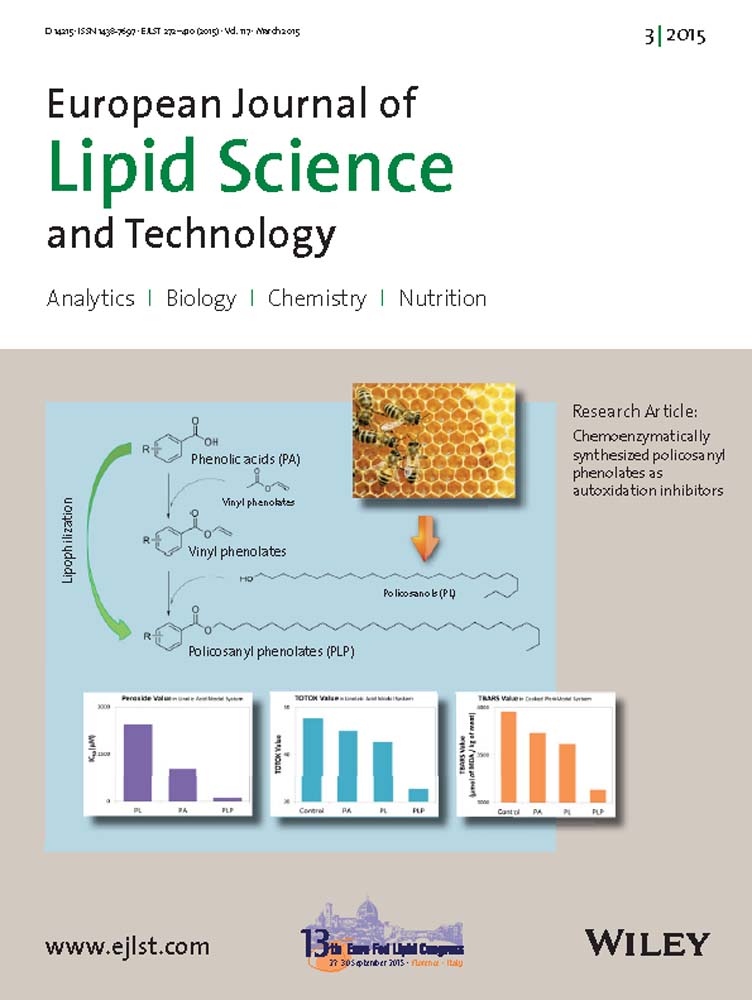Camelina—a promissing oilseed crop to contribute to the growing demand for vegetable oils
In the coming decades, there are expected to be dramatically increasing demands for vegetable oils for food and industrial applications. The main reasons are: (i) the growth of the world population (about 9 billion in 2050), (ii) increasing standards of living in countries such as China and India, and (iii) the efforts to reduce carbon dioxide emissions and replace fossil oils with fuels derived from renewable materials. Today, the global vegetable oil market is dominated by the established crops oil palm, rapeseed, sunflower, and soybean. Plant oils are traditionally used for human nutrition and as animal feed. However, a growing proportion, particularly palm oil and rapeseed oil, are already used for biodiesel production. Fossil oils still serve as the major source for the production of automobile and jet fuels, and also as the feed stock for the petrochemical industry. However, limitations in petroleum supply accompanied with a strong increase in price during recent years has resulted in the establishment of vegetable oils as renewable resources to meet the growing demand of biofuels for cars and airplanes and for industrial applications. Recent progress in the development of a bio-based economy was focused on the introduction of novel crop plants for non-food applications, and the improvement of these new crops via breeding programs and genetic engineering. Alternative oil crops have been selected as sources of oils for non-food applications. These include Jatropha curcas, a euphorbiacean species grown in tropical and subtropical climates, and different species of the Brassicaceae family: Ethiopian mustard (Brassica carinata), crambe (Crambe abyssinica), and camelina (Camelina sativa) 1, 2. Of the three species from the Brassicaceae, camelina provides several advantages due to low input cultivation, relatively high drought tolerance, cold and pathogen resistance, as well as high yield and ease of genetic manipulation rendering the crop an ideal system for the development of a new industrial oil platform.
Camelina sativa also known as gold-of-pleasure or false flax is an ancient crop that was grown for human consumption and animal feed in Europe starting as early as 3000 BC. Camelina was cultivated in Medieval Europe and then in Eastern Europe and Scandinavia until shortly after World War II. After that time, the acreage used for camelina cultivation strongly declined in favor of rapeseed 3, which is nowadays the major oilseed crop in Central Europe and Canada. As of today, camelina is grown with low acreage in Scandinavia and Russia for human consumption, as it produces high value oil enriched in ω-3 fatty acids, particular α-linolenic acid. During recent years camelina is grown in the US (Great Plains, i.e., Montana and Nebraska) as a source for biofuel for the car industry and jetfuel for the US Air Force and for civil airline carriers 4. During the last years, test flights with military and civil planes were conducted using a blend of camelina oil with kerosin. For example, Lufthansa tested camelina blends for 6 months on daily flights between Hamburg and Frankfurt. Canada has seen a growing number of camelina test plots for biofuel and jetfuel production. In addition, there is an incentive to employ the oil and protein cake for aquaculture in Canada as a replacement for fish oil.
Therefore, camelina exhibits a wide range of valuable properties making the species uniquely suited for the development of a novel plant-based oil platform: First, camelina has a much shorter cultivation time than rapeseed. Therefore, it can be used as a rotation crop, and can also be grown in areas with short vegetation periods such as the Prairies of Western Canada. Second, camelina needs, in contrast to e.g. rapeseed, only low fertilizer (N, P) input and camelina is also very drought tolerant, and some varieties have been characterized as cold resistant 4, 3. Because of these properties, camelina may be an attractive alternative crop for many areas in eastern Germany or in Mediterranean areas during wintertime with dry and sandy soils. Third, camelina exhibits a marked resistance against certain pathogens (e.g., blackleg/Leptosphaeria and Alternaria blight) when compared to rapeseed 3 making this species a low-input crop with excellent ecological and agronomical performance. Fourth, camelina does not outcross with almost any Brassicaceae crops used today and is thus regarded as a safe crop providing a high degree of transgene containment 5. Fifth, camelina shows a high degree of sequence identity with the model plant Arabidopsis (>90%); the Camelina genome has recently been sequenced 6. Sixth, camelina can easily be transformed by use of Agrobacterium tumefaciens 7. Thus, genes involved in biochemical pathways in Arabidopsis can be used to search for related sequences in camelina, and genetic constructs developed for Arabidopsis can be used directly for camelina transformation as proven in the recent past 8, 9.
In a recently established Canadian-German binational project “CamOil” six research groups were brought together with the goal to produce camelina lines with improved input and output traits via genetic selection and biotechnological/transgenic approaches (www.camoil.uni-goettingen.de). In contrast to rapeseed, camelina has so far seen little breeding efforts. Thus, the genetic potential in camelina with regard to overall growth, seed size, oil content, fatty acid composition, disease resistance and yield has accordingly not yet been extensively exploited. Exploring genetic diversity to identify superior lines and traits therefore has significant potential as a method for camelina improvement. For more rapid improvement of camelina as an oilseed crop, this consortium will combine diversity screening with enhancement by genetic engineering.
A major objective, in combination with increased total oil content will be to generate optimized camelina lines showing: (i) a reduced growing time to produce an early maturing crop, (ii) an early flowering time to set seeds before winter or before the heat of summer in Canada, and (iii) enhanced disease resistance to common pathogens. Together these approaches will directly result in the isolation of high-yielding and disease resistant camelina varieties. Both non-transgenic and transgenic lines which can be introduced into the field. In addition, this research will also be fundamental for the understanding of the basic regulatory mechanisms and for the identification of endogenous factors in camelina that may then be useful for the development of novel markers for camelina breeding programs.
-

-
Ivo Feussner
-
Georg-August-University, Göttingen





